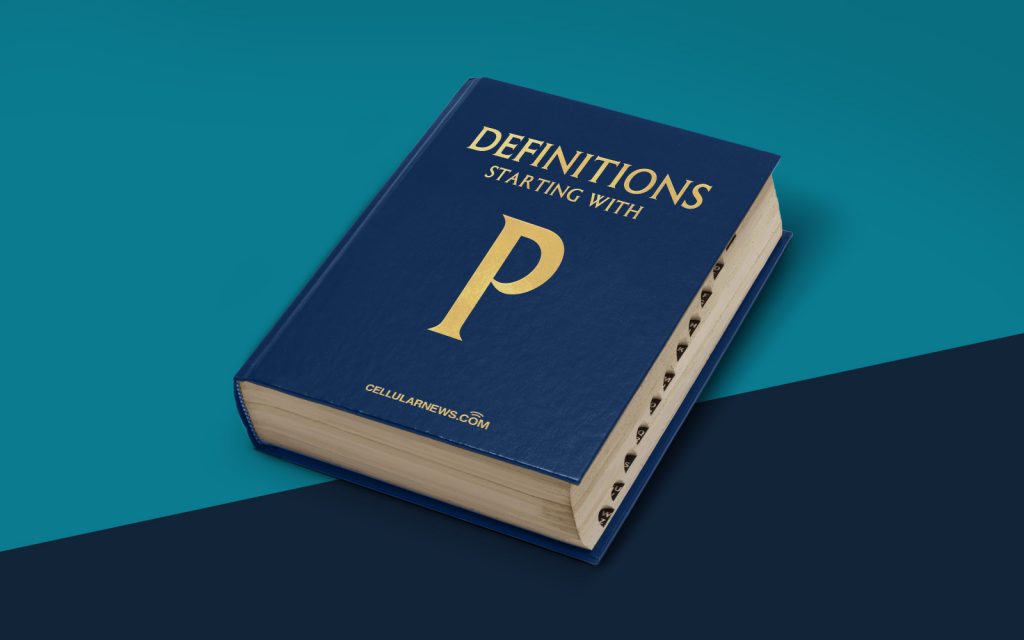
What is a Polyfill? Explained in Simple Terms
Welcome to the DEFINITIONS category of our blog! Today, we’ll be unraveling the mysterious world of polyfills. You might have heard this term being thrown around in web development circles, but what exactly is a polyfill and why is it important? In this blog post, we’ll answer these questions and shed light on the magic of polyfills.
Key Takeaways:
- A polyfill is a piece of code that replicates the functionality of a newer web technology or API in older browsers.
- Polyfills bridge the compatibility gap, ensuring that websites and web applications work consistently across different browsers and versions.
Imagine you’ve built a stunning website with all the latest features and fancy functionality. It looks amazing and works perfectly on modern browsers, like Chrome and Firefox. But what happens when someone tries to access your site using an older browser? This is where polyfills step in to save the day!
In simple terms, a polyfill is a special type of code that brings modern web technology to older browsers that lack support for it. It’s like a translator that helps browsers understand and execute features they wouldn’t normally comprehend. Polyfills fill the compatibility gap and allow developers to leverage the power of new technologies without sacrificing user experience for those on older browsers.
Here are a few noteworthy points about polyfills:
- Polyfills target specific features: Each polyfill is designed to address a particular feature or API that an older browser doesn’t support natively.
- Polyfills are JavaScript based: Polyfills are primarily written in JavaScript and utilize its capabilities to replicate the desired functionality.
- Polyfills need to be loaded: To use a polyfill, you need to include it in your web page by linking the JavaScript file or embedding the code directly.
- Polyfills should be used with caution: While polyfills are a powerful tool, it’s important to use them judiciously, only when necessary. Loading unnecessary polyfills can impact performance and lead to bloated code.
So, why would you need to use a polyfill? Well, as new web technologies and APIs are invented, they are typically not supported by all browsers right away. This means that if you want to use these new features on your website and ensure compatibility across a wide range of browsers, you’ll need polyfills.
Let’s take the example of a new JavaScript method called Array.prototype.includes(). This method checks if an array contains a specific element and returns a boolean value. However, this feature is not supported in older versions of Internet Explorer. By including a polyfill for Array.prototype.includes(), you can ensure that the method works on older versions of the browser as well.
To summarize, polyfills are an essential tool in web development, enabling the use of modern web technologies on older browsers. They act as a bridge between old and new, ensuring consistent functionality and user experience across different platforms. So, next time you encounter a compatibility issue, remember to reach for a trusty polyfill!
Key Takeaways:
- A polyfill is a piece of code that replicates the functionality of a newer web technology or API in older browsers.
- Polyfills bridge the compatibility gap, ensuring that websites and web applications work consistently across different browsers and versions.
